If a garden was a high school movie drama, tomatoes would be the prom queen cheerleader, corn would be the basketball star jock, fennel would be the weird kid who dislocates his fingers and thinks it’s entertaining, and Swiss chard would be the really nice, helpful girl who just isn’t popular.
And I think that’s a shame. Seriously, why don’t more people talk about growing Swiss chard? My local, small-town farmers market is awash with tomatoes, onions, and pumpkins, but there is nary a green leaf to be seen. It’s not like Swiss chard is ugly — its giant, savoyed leaves are lofted above succulent stems of vibrant crimson, creamy white, or a party mix of pink, yellow, and orange.
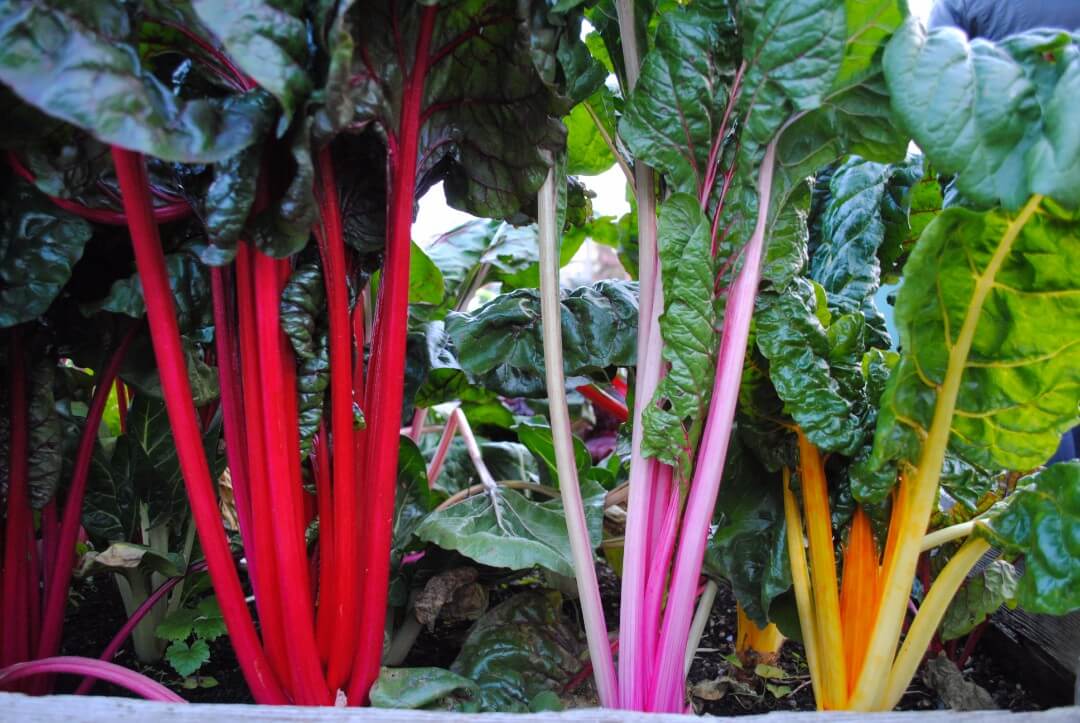
It’s eye-catching both in the garden and on the plate and not only as a garnish — those nutrient-dense leaves can be a meal in their own right. And growing Swiss chard isn’t difficult — there are few greens as cold-hardy and heat-tolerant as easygoing Swiss chard.
So let’s give Swiss chard its overdue moment in the spotlight. If you haven’t tried growing it in your garden, you are truly, TRULY missing out. Let me tell you why.
How To Grow Swiss Chard
Swiss chard (Beta vulgaris) is in the Goosefoot family, rubbing shoulders with its closely-related beet cousins and spinach kin. Far older than cultivated beets (it’s the plant beets were bred from) chard has been written about and enjoyed as far back as the fourth century when Aristotle described a red-ribbed variety.
Swiss chard is probably one of the more forgiving of garden plants. For novice gardeners bummed by bolting spinach, caterpillar-chewed kale, or late-planted lettuce that fails to thrive, Swiss chard is here to make it all better and ensure you still have some delicious greens to harvest in the meantime.
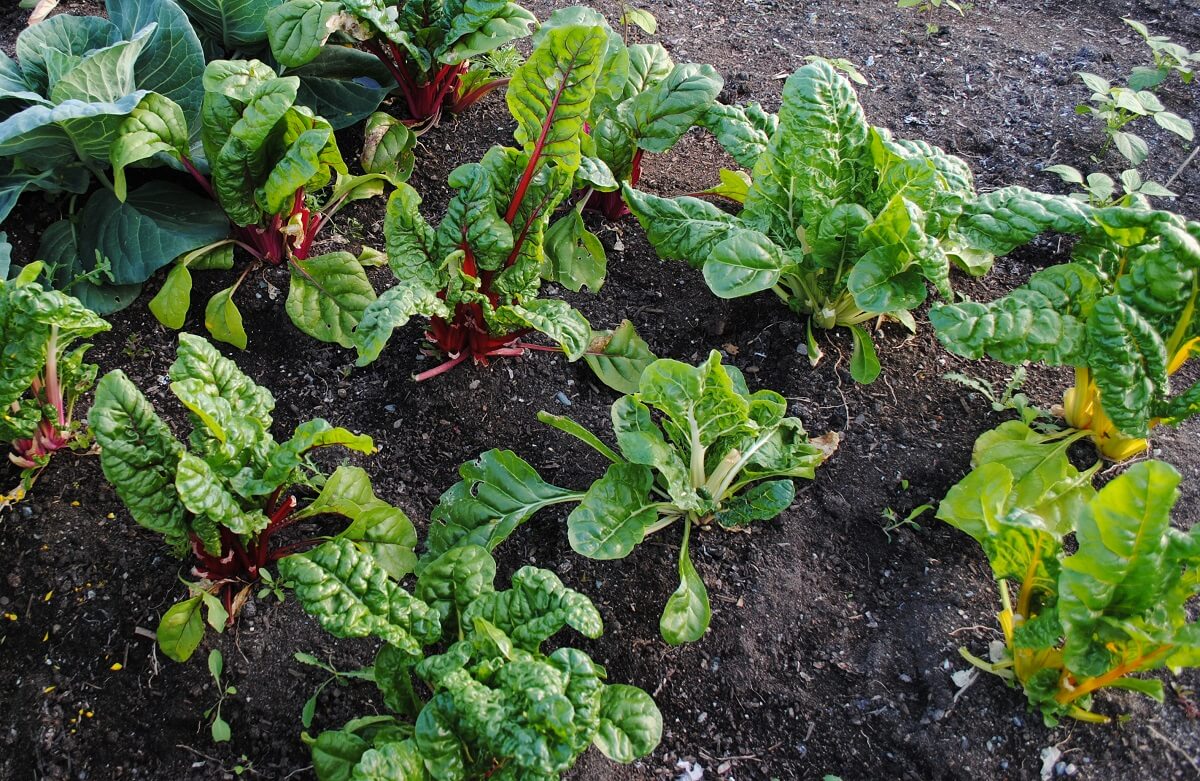
Chard doesn’t really care about the acidity of the soil — unlike its more sensitive beet counterparts. It prefers full sun, but if it falls into partial shade, it won’t complain too much.
Related Post: 8 Winter Vegetables You Should Plant In Your Garden
Swiss chard can be grown in gardens from zone 2 and warmer, and though it prefers cooler temperatures, it can tolerate heat fine enough. Our faithful chard continues to grow through the worst that our 100-degree Fahrenheit Ozark summers can throw at it!
How To Plant Swiss Chard
You can either transplant started seeds, or seed them directly in the garden (or both). Since they’re cold tolerant, I much prefer the latter. Working some composted manure into the soil before planting will give these plants the nitrogen lift they need to make lush leafy goodness.
You can start sowing a week or so before the last expected frost, placing seeds about 1/2-inch deep and about 4 inches apart.
Like beets, each seed actually contains several seeds, so you’ll eventually need to thin your plants. Once they’re about 6 inches tall, make your first spring saute with the culls and leave behind a well-tended bed of plants around 10 inches apart.
How To Maintain Swiss Chard Plants
After that, the only thing you’ll need to maintain your Swiss chard is keep it watered during the driest of summer — just enough to keep it from wilting before the heat relents.
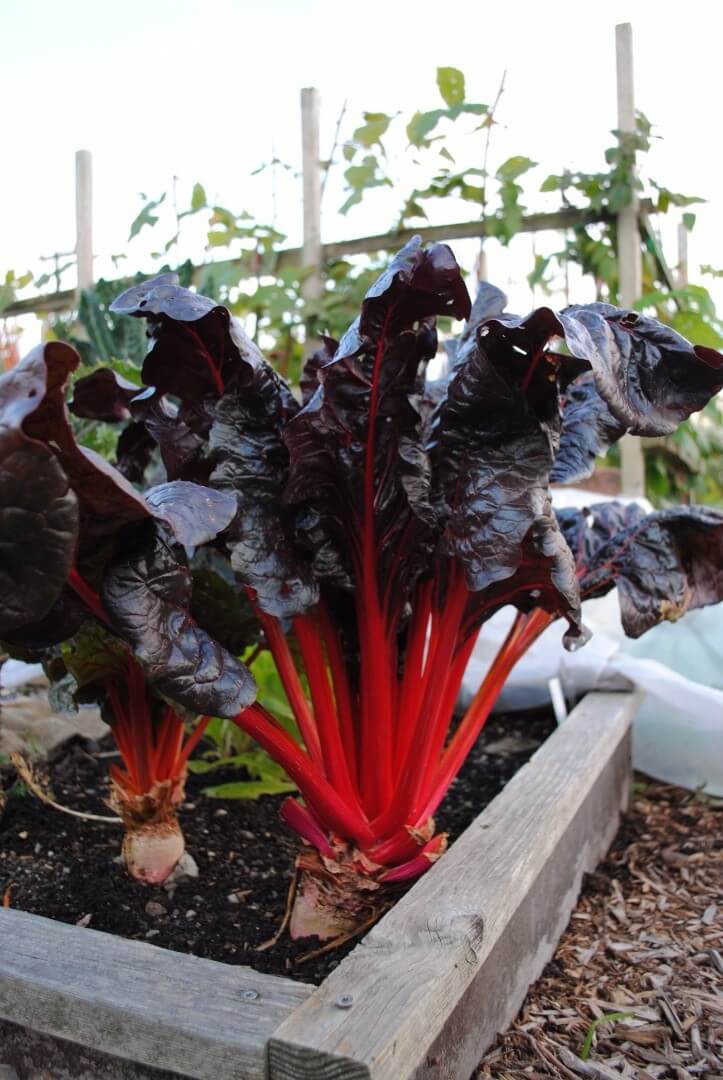
Swiss chard is also a fantastic color splash in the edible landscape. With 2-foot high leaves and a painter’s palette of stem colors that look like they’d be at home in a Hawaiian landscape, it can make quite the visual statement. Move over, impatiens and petunias. I’d rather have a rainbow of beautiful and tasty Swiss chard lining the path to my front door.
How To Harvest Swiss Chard
One of the best things about growing Swiss chard (in my humble opinion) is how stalwart it is through the entire growing season. Start harvesting in the spring, taking leaves from the plants once they reach around 5 or 6 inches tall — though they can grow 2 feet long if you let them.
Break off or cut the outer leaves carefully, leaving the tender, inner leaves to develop for later. As the weeks progress, simply continue harvesting the big outer leaves and you’ll have a continual supply of tropical-big, nutritious chard leaves.
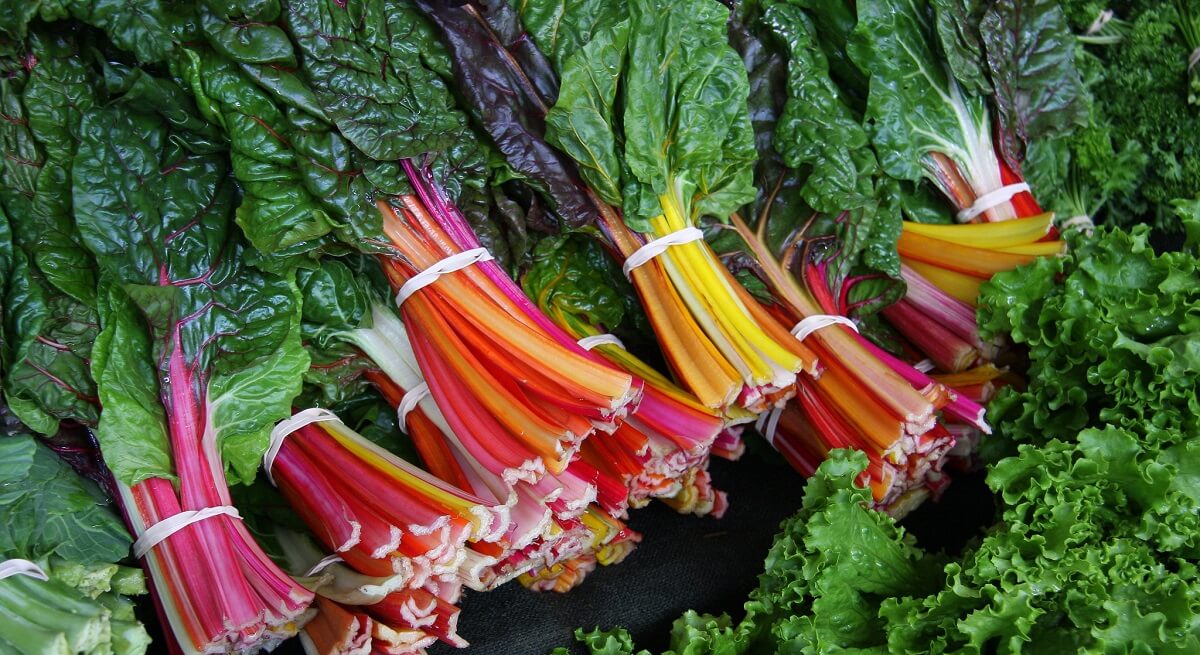
Harvested this way, spring-sown Swiss chard can be productive well past the first freeze of fall. If you keep your plants under a cold frame during the worst of winter, they’ll keep on keepin’ on until spring. An alternative common name in England for leaf chard — a slightly different form of the chard plant — is perpetual spinach. The name makes perfect sense once you see how dependably these greens are produced
How To Save Swiss Chard Seed
Swiss chard, like its close relative the beet, is a biennial. This means the root will need to be overwintered before it’s triggered to produce seed. There are a few ways to manage it.
Related Post: How To Choose, Collect, And Save Seeds
Gardeners with warmer winters need only leave the generous plants in the ground and covered with a few inches of mulch. If your winters go below 10-degrees Fahrenheit, you can try trimming the plant to about a half-inch, and cover it with a thick blanket of leaves.
Remember to remove this covering in the early spring so the flower stalk can emerge. Another option is to dig up the entire plant and store it in a cool, damp place until you replant it in the spring. A root cellar would be ideal if you have access to one.
It is also important to note that Swiss chard is wind pollinated which means you’ll need to choose just one variety to save if you want the seeds to come true. It also means that it can easily cross with a beet — their seeds look pretty much identical. If you’re trying to save seeds, make sure your beets aren’t flowering at the same time as your chard.
Swiss Chard Diseases
You may be asking yourself … is this article done gushing about growing Swiss chard? And to that, I answer — not yet! Because in addition to being easy to grow and delicious, Swiss chard has very few pest problems or diseases.
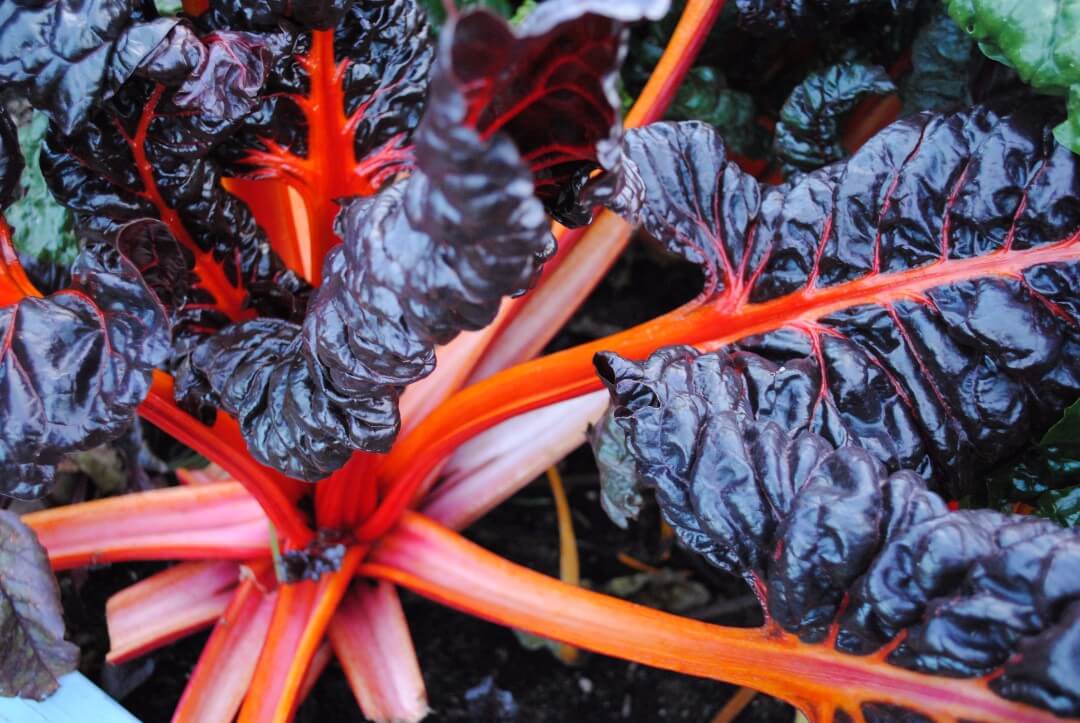
In my garden last year, for example, I had a few rows of kale beside my chard. By the time summer began, and despite my best efforts, cabbage worms had turned the kale into a veritable lacework of disappointment, but the chard was absolutely unchewed.
Related Post: Growing Kale
The only real problem you could have with chard is a bit of downy mildew, but that could be prevented by implementing crop rotation every year and making sure you don’t work among the Swiss chard when the leaves are wet.
How To Use Swiss Chard
Anything you do with kale, spinach, or mustard greens, you can do just as well with Swiss chard. Their leaves cook down like spinach, so they don’t take on the toughness that kale sometimes exhibits, and their stems retain a bit of a crunch when cooked to keep the mouth-full interesting. They are flavorful enough on their own, but not so strongly flavored that they take over the dish.
I love throwing handfuls of Swiss chard leaves and stems over a pizza before I grate on the cheese layer. It adds both a pop of color and a boost of good nutrients. It’s delicious in a stir-fry, fantastic in a vegetable pie, a great addition to a morning shakshuka, and simply a delicious dish in its own right when sauteed in olive oil with sliced garlic.
Varieties To Consider
When you look at the Swiss chard section in your seed catalog, you may be overwhelmed with the selection. Here are a few of our favorite varieties.
Fordhook Giant
With cream-colored ribs and somewhat lighter green leaves, this variety is a dependable heirloom that is going in my garden this year.
Rhubarb
A misleading name, perhaps, but a truly lovely heirloom variety. Jewel-red stalks and vibrant veins support deep green leaves. Just make sure you don’t mix up this variety of Swiss chard and its namesake. True rhubarb (Rheum rhabarbarum) has toxic leaves.
Five Color Silverbeet
This heirloom variety produces a lavish display of orange, pink, yellow, red and white stalks. They would look great in a farmers market stand.
Silverado
A bolt-resistant cultivar that may be better for warmer growing regions, the leaves of this white-stalked plant are a rich green and attractively savoyed.
Bright Lights
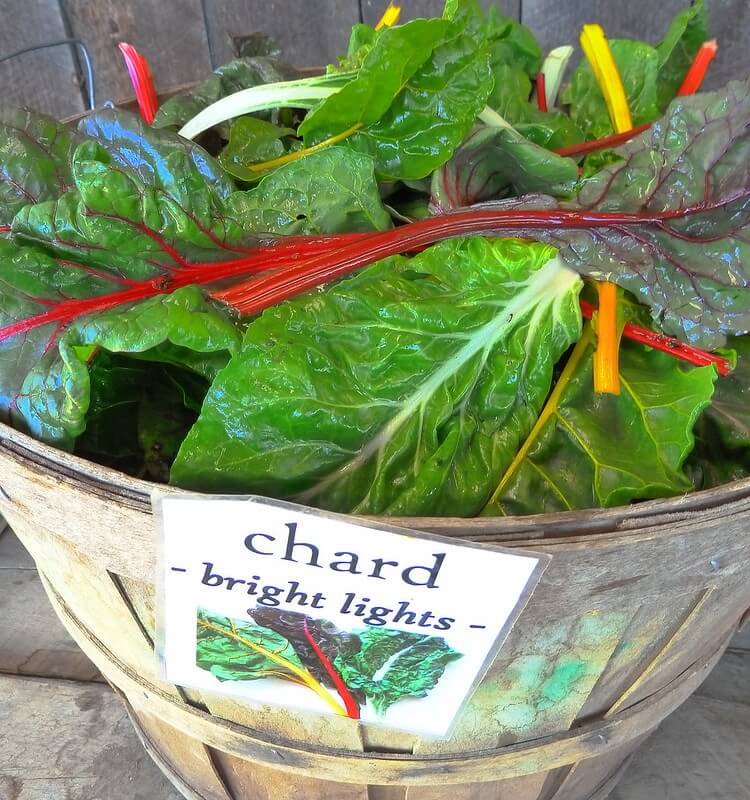
This variety will offer a lot of color to your garden beds, and can be harvested in as little as 4 to 5 weeks.
Please tell me that you’re going to give Swiss chard a chance in your garden this year. No matter how much a novice you are to gardening, this forgiving green is here as a garden-morale booster and nutritious addition to any meal. Are there any other chard fans out there? My fan club needs some additional members. Please join in the comments below.


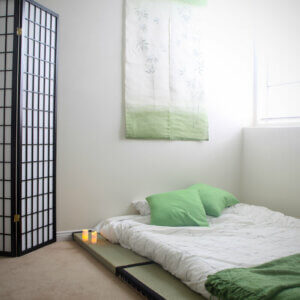
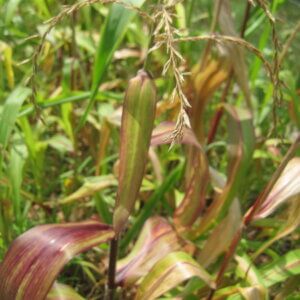

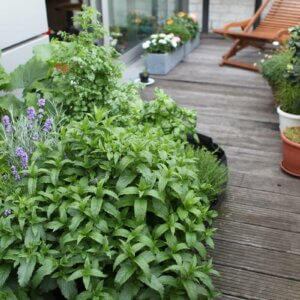







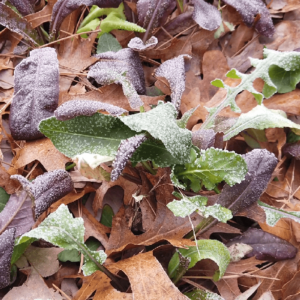

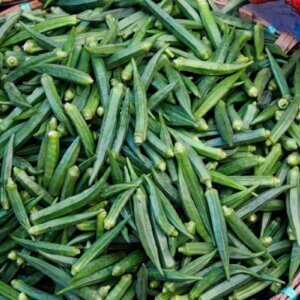
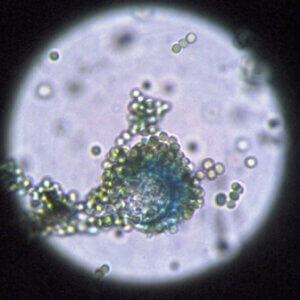
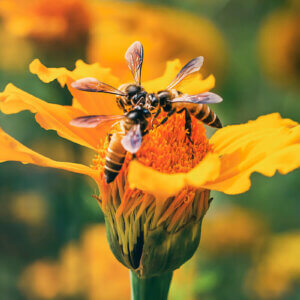

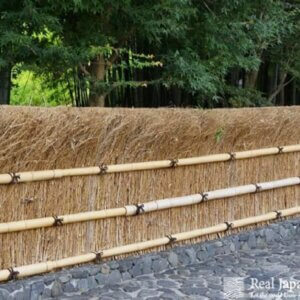




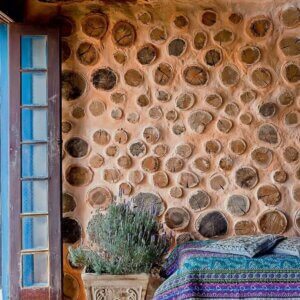
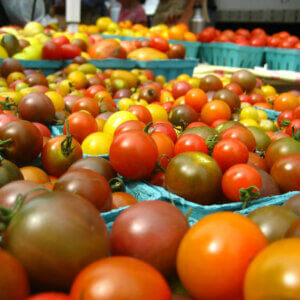
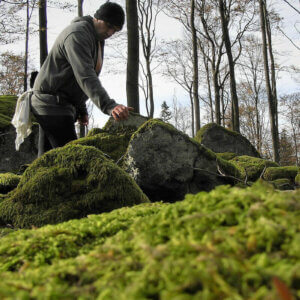



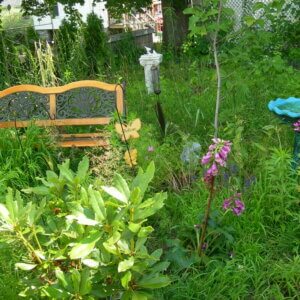

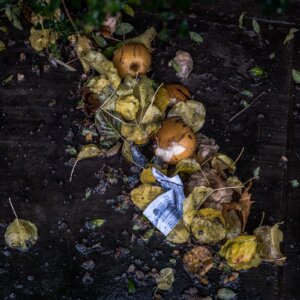

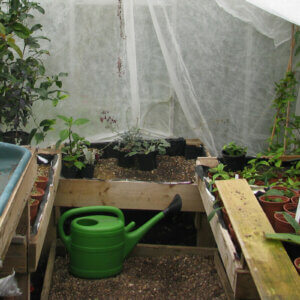

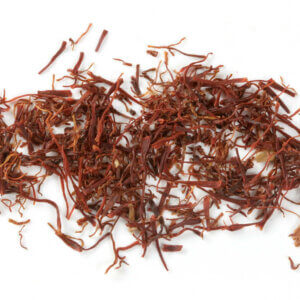
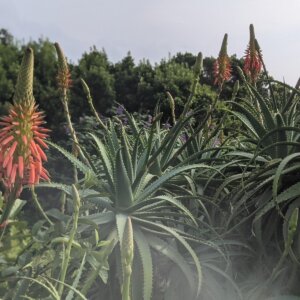

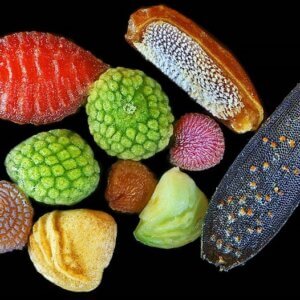


Chard also works well for juicing, smoothies, and as a wrap for fajitas.
Oh, I did forget to mention juicing! Thanks for bringing it up, William. Those are some great ideas to add to the list!
Wren,
I am planting it in a pot on my tiny front porch and some in the garden.
I have trouble getting Beets to grow, either that or the animals eat it. I’m in Missouri but in the central region, Pulaski county. I have more rocks than soil, and I don’t trust the commercial soils, so I’ve been trying to let leaves and mulch brake down in my tiny garden. I’ve been lacking in adequate leafy greens. So you know I’m looking forward to those crunchy greens. …and reds, oranges, whites… well you know what I mean.
Evelyn
Haha, I totally understand the rocky soil. We sometimes joke that our “soil” is boulders held together with rocks held together with pebbles and filled in with sand. I sometimes have trouble with beets too–they apparently don’t like acidic soil. Swiss Chard has done better then them every time. I bet colorful Swiss Chard will look absolutely beautiful on your porch! Happy growing!
Two of your chard pics, credited to Kat Shereko, show plants with very dark leaves. Do you know what varieties these are? Are the leaves dark only after a chill, or all year? Many thanks!
My best guess would be Bright Lights – those seeds are common in Seattle area where the photo was taken: https://territorialseed.com/collections/swiss-chard/products/swiss-chard-bright-lights